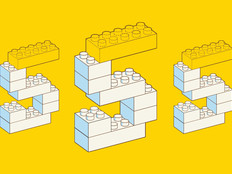3. Do I Need to Accommodate Remote Learning?
Every classroom should be designed to fully accommodate distance learning and lecture recording. Think about capturing video and audio both at the front and rear of the classroom, as well as building in large video monitors. Wire extra network and power cables to some strategic locations at eye level in the front and rear for pan-tilt-zoom cameras. These often require more power than standard Power over Ethernet can deliver.
4. Can I Do Everything with Wi-Fi?
Plan on students using only Wi-Fi, but instructors’ desks, lecture stands, front walls and any fixed tables should have a generous number of hard-wired Gigabit Ethernet ports with PoE Plus capability. These might be for temporary use, but can also be critical for devices such as video recording or videoconferencing controls or display devices. A few Ethernet jacks at the rear and scattered throughout the student space is also useful for occasional special cases.
WATCH: How one university is designing future-focused learning spaces.
5. Should I Specify All Technology as Part of the Build?
It may be easier on your budget to get a single price for a classroom and the technology that supports it, but this locks you into a particular design and layout. Designing for flexibility and adaptability will lengthen the useful life of the classroom. It’s easier and cheaper to run more wires and power than you need than to customize the classroom perfectly. Instead, consider the main functions you’ll need and make sure you can integrate that technology after construction.










